For some mothers breastfeeding can be quite a challenge. It is important to recognize that you are not alone. Below are some tips on the common problems you may encounter while breastfeeding and how to manage them.
Do not be afraid to ask for help if you are having difficulty with breastfeeding. There are many resources available for mothers who are struggling. At the hospital after delivery the midwives will help you establish breastfeeding. The baby’s latch can also be checked during the first post-natal visits at your health center.
It is important to stay relaxed and keep trying for both you and baby’s health and well-being. Breastfeeding mothers also should ensure they are getting adequate nutrition, drinking enough fluids and getting rest. If the baby falls asleep during breastfeeding it is okay to wake them up by burping them, talking to them or gently tickling their feet. This will improve as the baby gets older.
Nipple pain:
It is okay to experience mild pain that is short lived when breastfeeding is now being established. If however the pain is severe or does not improve as breastfeeding continues this can indicate a problem. Inspect your nipples for any cracks or bleeding. You can use a lanolin-based nipple cream or breast milk after nursing the baby to help moisturize and heal the nipple.
If your nipples are cracked or very sore this may indicate that the baby is not latching properly. To check if the baby is latched properly: ensure you put most of the areola (brown part around nipple) in baby’s mouth, you should not hear smacking noises, the baby will pause to swallow after a few sucks, and baby’s lips are curled outwards like fish lips. You can also try changing the baby’s position to get a better latch. Put the baby to the breast when they are showing early signs of hunger – eg sucking tongue/fist, turning towards the breast.
Rashes:
If your baby has thrush in his/her mouth this can spread to your nipples during nursing. If your nipples are itchy or red or you have a visible rash, visit your nearest health center for treatment.
Breast pain:
Breastfeeding mothers can develop infections in the breast including mastitis and breast abscesses. Symptoms would include breast pain, redness, severe engorgement with tenderness, or a tender lump. You may also have fever, body pains and malaise. It is important to visit your nearest health center as you may need antibiotics.
Inverted nipples:
If your nipples are inverted breastfeeding can be more difficult. You can use a manual or electric breast pump to help establish milk flow while baby is learning to latch. You can also use a nipple shield to help position the nipple for latching. Tips on checking baby’s latch can be found above.
Poor milk supply:
If you think you are not producing enough milk – remember the more baby sucks is the more your body will produce milk. It is therefore important to breastfeed or pump more often to encourage milk supply. The baby’s weight, length and head circumference will be plotted o a chart at the health center during his/her post-natal visit to ensure baby is growing well.
Engorgement:
Sometimes your breasts can become engorged which makes it difficult for the baby to latch on to the breast. You can simply pump/express some milk to encourage milk flow and soften the breasts. You can also use warm compresses and massage to stimulate the movement of the milk.
